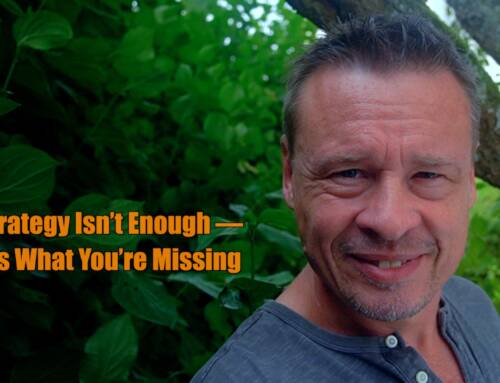Conventional wisdom has it that you should load your content with historic and scientific facts — or data from your monitoring, ideally numeric. Graphs are also great.
Then you convert anything that seems too abstract into something concrete and relatable — hectares into football fields. This sort of thing.
This is very logical and you will proceed on this path.
It is also what projects in development cooperation do. It’s a well-treaded path.
But how established is the axiom that facts convince actually?
Not much. It’s more of an ideal in science. Even there it doesn’t work that well.
However development cooperation is run by people with scientific backgrounds for some reason. They wish to operate communications with facts.
Now, when you look around in the comments on social media, you’ll easily notice that facts hardly work when it comes to convincing people of something. People tend to choose what they want to believe first and then they pick the facts that fit their beliefs.
They often go as far as to use any arbitrary assembly of facts to rationalize their preconceived beliefs. In that sense ‘their facts’ are flexible whereas their beliefs are not — contrary to what they believe of their beliefs.
Actually, have a look at people’s profiles and compare them with their comments. You’ll get the impression that their opinions are clearly very related to their vitae.We are not nearly as free in forming our opinions as we think.
Development cooperation should learn from the advertisement strategies of corporate consumer goods giants. They often focus on kids. They are in their so-called formative years. These years are called like that for good reasons.
“You gotta catch’em young,” they say.






Leave A Comment